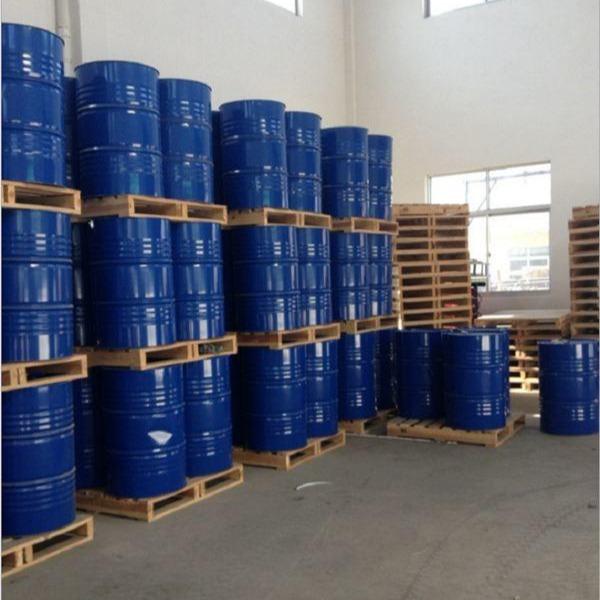-

High resilience foma(F1 6000Da,F3 4800Da,F5 3000Da)
CAS:9003-11-6Read more -

Polyether Polyols(PPG)
CAS:9003-11-6Read more -

Isooctanoyl chloride
CAS:70767-37-2Read more -

3,5,5-Trimethylhexanoyl chloride
CAS:36727-29-4Read more -

Biphenyl
CAS:92-52-4Read more -

Formic acid
CAS:64-18-6Read more -

Acetonitrile
CAS:75-05-8Read more -

5-Methyl-2-hexanone
CAS:110-12-3Read more -

Octanal
CAS:124-13-0Read more -

2-ETHYLHEXANAL
CAS:123-05-7Read more -

Valeraldehyde
CAS:110-62-3Read more -

o-Cresol
CAS:95-48-7Read more





